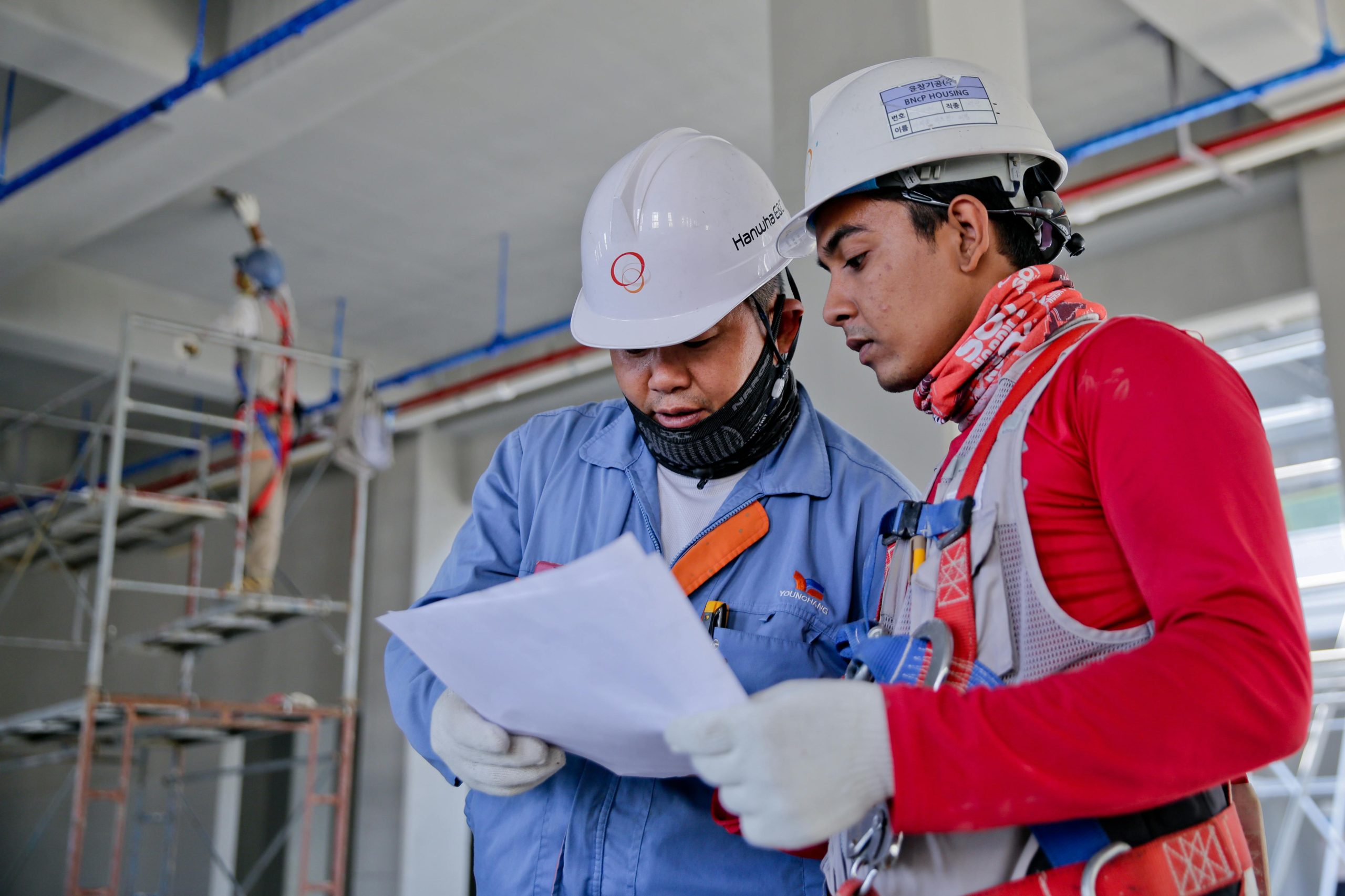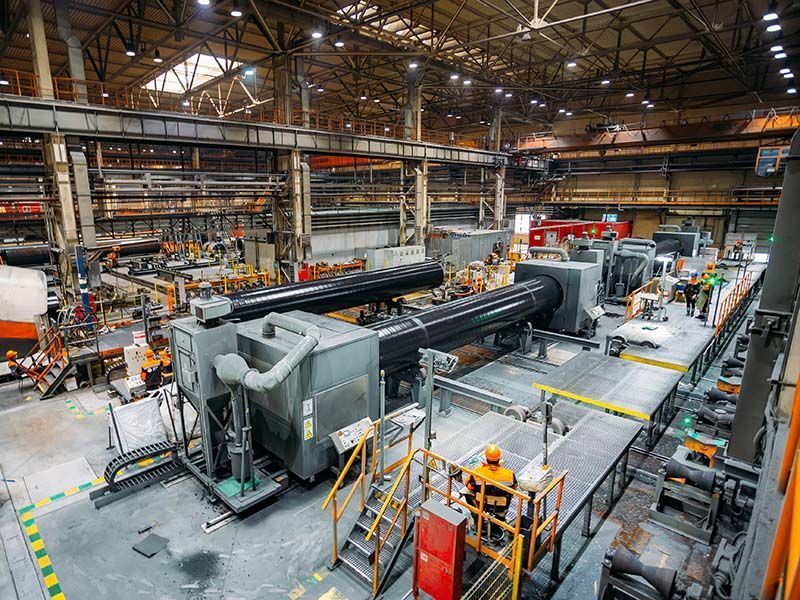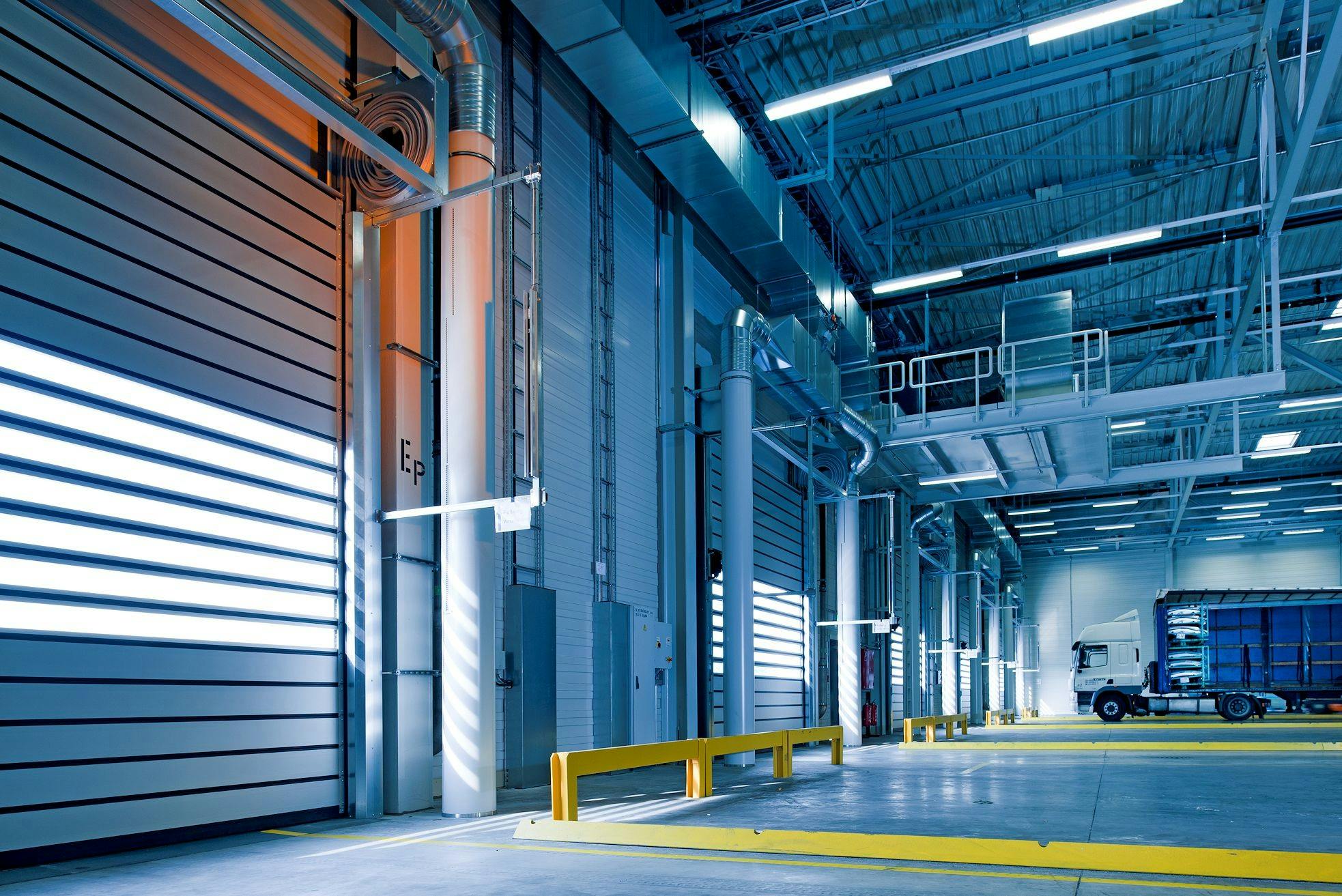
Affordable Safety Solutions for Industrial Workers
- 0
The industrial sector is known for its high-risk work environments where accidents can easily happen if proper safety measures are not in place. Industrial workers are exposed to various hazards such as heavy machinery, chemicals, and high temperatures, making safety a top priority for both employers and employees.
Cost-Effective Safety Equipment
Investing in safety equipment can significantly reduce the risk of workplace accidents and injuries. While some safety equipment can be costly, there are many affordable options available that provide the same level of protection. For example, safety goggles, earplugs, hard hats, and gloves are essential safety gear that can be purchased at a reasonable price.
Training and Education
Proper training and education on safety protocols are crucial for industrial workers to understand how to use safety equipment effectively and to identify potential hazards in the workplace. Many companies offer affordable safety training programs that can help improve workplace safety and reduce the risk of accidents.
Regular Safety Inspections
Regular safety inspections can help identify potential hazards in the workplace and ensure that safety equipment is in good working condition. Employers should conduct regular safety inspections and address any issues immediately to create a safe working environment for industrial workers.
Investing in Technology
Technology plays a crucial role in improving workplace safety for industrial workers. Investing in technology such as wearable safety devices, monitoring systems, and automation can help prevent accidents and enhance overall safety in the workplace. While technology may require an initial investment, the long-term benefits in terms of safety and efficiency make it a worthwhile investment for companies.
Creating a Safety Culture
Creating a safety culture within the organization is essential for promoting workplace safety. Employers should encourage open communication about safety issues, provide rewards for safe behavior, and enforce safety policies consistently. By prioritizing safety and creating a culture that values the well-being of employees, companies can significantly reduce the risk of accidents in the workplace.
Conclusion
Industrial workers face numerous risks in their daily work, making safety a critical consideration for both employers and employees. By investing in cost-effective safety equipment, providing training and education, conducting regular safety inspections, leveraging technology, and creating a safety culture, companies can create a safe working environment that protects the well-being of industrial workers without breaking the bank.

